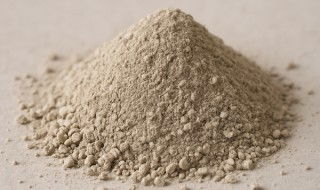The new VDZ study "Resources of the future for cement and concrete – Potential and action strategies" describes a possible 2050 scenario aimed at further reducing primary raw material utilisation.
In Germany the various by-products and recycled materials already employed today enable more than 10Mta of primary raw materials to be saved, depending on their availability. "Blast furnace slag from ironmaking and fly ash from coal-fired power generation in particular play a major role", explains VDZ CEO, Dr Martin Schneider. "In the light of the ongoing process of decarbonisation in the industrial sector, these two materials will however no longer be available in the future, or only to a far lesser extent. We are therefore going to need alternatives".
On the basis of an ambitious scenario, the study illustrates the amounts of natural resources that could be saved along the cement and concrete value chain by the year 2050 under certain conditions. It would accordingly be possible to employ 41 per cent fewer mineral primary raw materials such as limestone, gravel and natural stone. One key to achieving this goal is the use of recycled materials obtained from the dismantling of building structures and the concrete contained in these, says VDZ. The fine crushed sands occurring in the material treatment process could be utilised in the production of clinker and cement. The coarser constituents can be re-used as recycled aggregates in concrete production. In the scenario under consideration this aspect also offers the greatest potential for preserving natural resources along the cement and concrete value chain.
"Alongside the technical and political framework, the decisive factor will be a joint, concerted approach to these issues along the entire construction value chain. This is the only way to create mutual understanding for the particular challenges and opportunities associated with resource preservation", stresses Dr Schneider.
